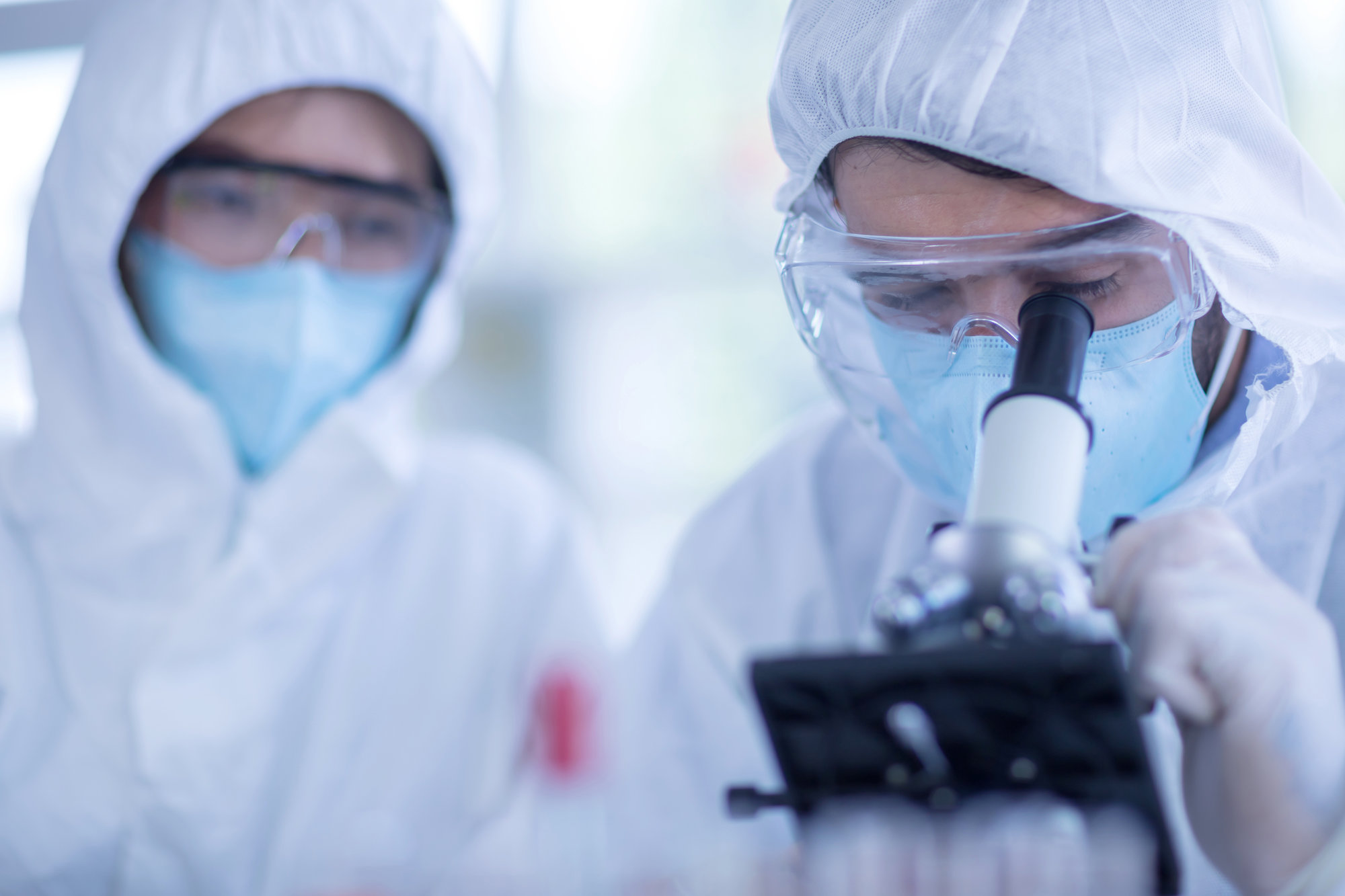Researchers have revealed that a new seed-sized radar prototype can detect movements 1/100th the width of human hair. What’s even more intriguing, though, is that the radar is so tiny and energy efficient, opening up tons of possible ways we could utilize it.
The creators of the seed-sized radar shared the details in a new paper published in the IEEE Journal of Solid-State Circuits. The radar is still just a prototype at the moment, but the researchers say they based it on millimeter-wave radar technology, similar to what we’ve seen in smartphones. These short-range radar sensors operate on wave frequencies between microwaves and infrared and can accurately detect tiny movements from objects on a microscopic level.
The potential of using such a small seed-sized radar is enormous, and the researchers say that there are potential use cases in biometric monitoring, guiding the blind, and security. Unfortunately, most millimeter-wave radars have some issues with power consumption and background noise.

The new radar prototype from the researchers at the University of California, Davis (UC Davis) has been designed to counteract these issues, though. This allows the seed-sized radar to pick up tiny movements that are 100th the width of a human hair without getting lost in the background noise.
And, because the new chip is so tiny, it currently offers more use cases than other sensors with similar levels of accuracy. It measures about the size of a sesame seed, the researchers revealed, and boasts an energy efficiency that is relatively easy to reproduce at scale.
Other intriguing research with the prototype has shown that it can also detect how thirsty a plant is by tracking minuscule changes in the thickness of the leaves. This is often a marker of hydration and dehydration in plants. Obviously, being able to utilize low-cost and low-energy sensors like this could help improve the agriculture industry immensely.
For the moment, though, the researchers will continue to refine their seed-sized radar design while also allowing other scientists outside of UC Davis to experiment with it.








